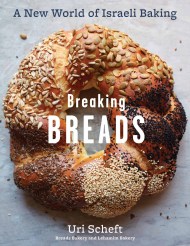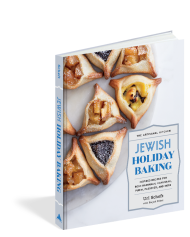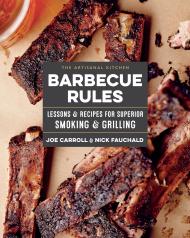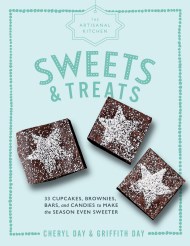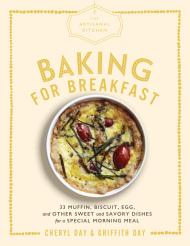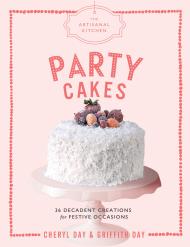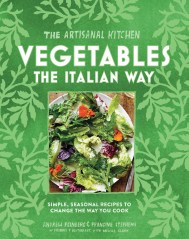Promotion
Use code MOM24 for 20% off site wide + free shipping over $45
The Artisanal Kitchen: Jewish Holiday Baking
Inspired Recipes for Rosh Hashanah, Hanukkah, Purim, Passover, and More
Contributors
By Uri Scheft
With Raquel Pelzel
Formats and Prices
Price
$9.99Price
$12.99 CADFormat
Format:
- ebook $9.99 $12.99 CAD
- Hardcover $12.95 $16.95 CAD
This item is a preorder. Your payment method will be charged immediately, and the product is expected to ship on or around September 15, 2020. This date is subject to change due to shipping delays beyond our control.
Also available from:
Bake your way through the Jewish holidays with 25 insanely delicious, foolproof recipes—including Poppy Seed Hamantaschen for Purim, Coconut Macaroons for Passover, Apple Babka for Rosh Hashanah, jam-filled Sufganiyot for Hanukkah, and so much more. These dishes from master baker Uri Scheft, author of Breaking Breads, capture the Old World/New World/out-of-this-world flavors of contemporary Jewish and Israeli cuisine.
Genre:
- On Sale
- Sep 15, 2020
- Page Count
- 112 pages
- Publisher
- Artisan
- ISBN-13
- 9781579659769
The Artisanal Kitchen
Newsletter Signup
By clicking ‘Sign Up,’ I acknowledge that I have read and agree to Hachette Book Group’s Privacy Policy and Terms of Use
